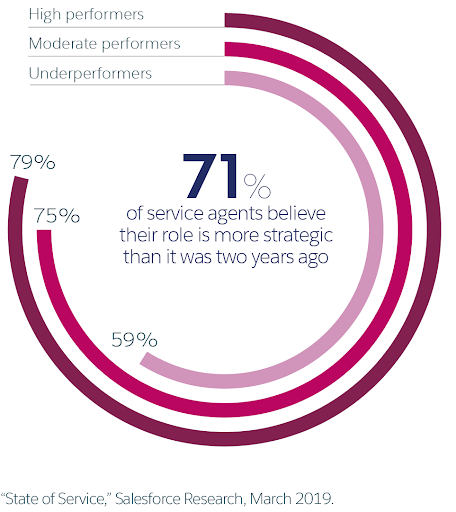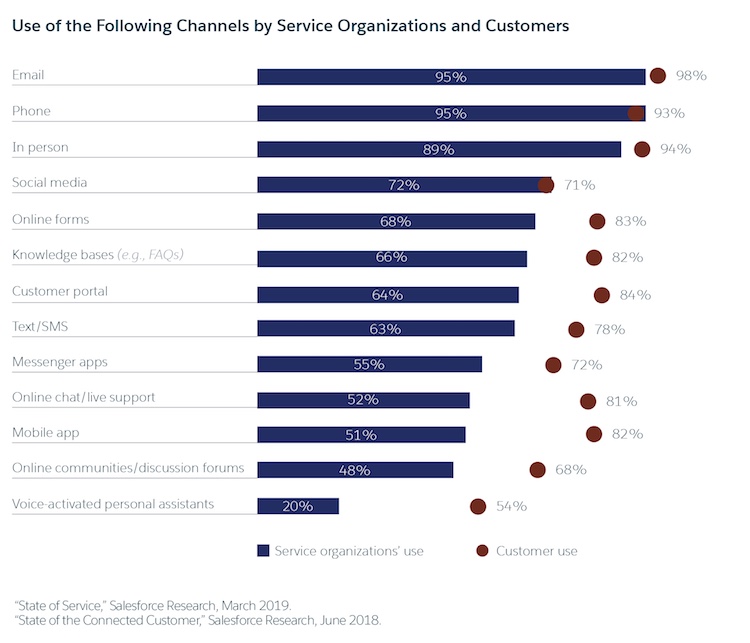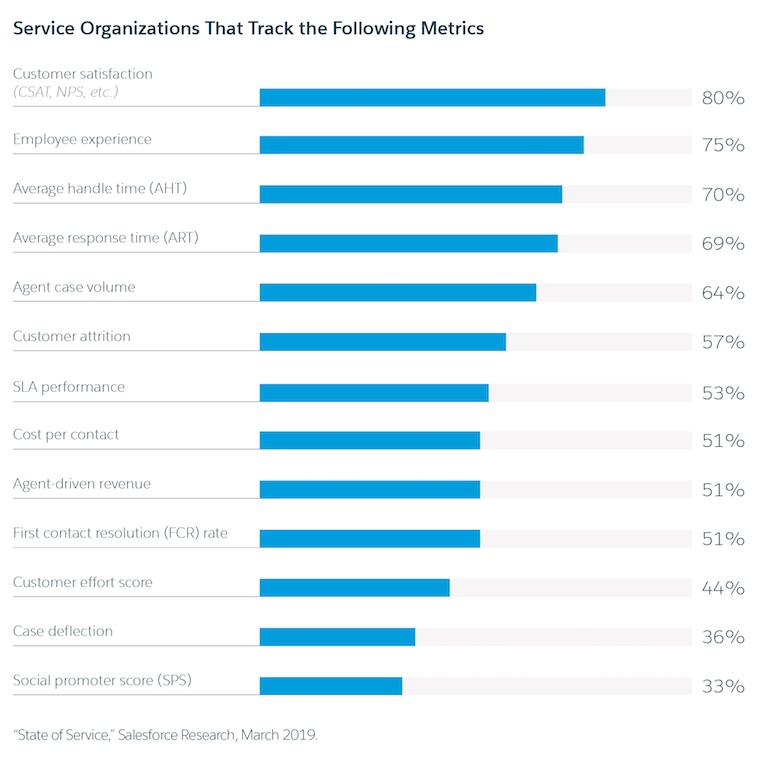It’s no longer enough to have the best product or the lowest price. In today’s ultra-competitive market, it’s vital to excel at customer care to attract and retain customers.
Customers now have greater choice and because of that, significantly higher expectations of the companies they deal with. They’re also prepared to take their business elsewhere if they aren’t happy. In fact, consumers say they are likely to switch brands if they are treated like a number instead of an individual. As a result, outstanding customer care has become an important way for businesses to differentiate themselves from competitors.
What is customer care?
Customer service is help or advice you give customers before or after they make a purchase. Customer care, on the other hand, refers to how you look after customers throughout all their interactions with your brand. This includes everything from how you listen to customers to the friendliness of your staff and how efficiently you fulfil orders.
Those in customer-facing roles, such as sales staff and customer service agents, are on the front line of customer care. And decision makers at top performing organisations know it. Salesforce’s “State of Service” report found that 85% of top performing service leaders view investment in agents as vital for service transformation. Three-quarters see their agents as brand ambassadors, while 78% consider agents to be customer advocates. This is great news for the future of customer care. However, it’s important to recognise that customer care doesn’t belong to just one job function or department. Staff in your accounts department, for example, may never see a customer but how quickly they process returns and refunds will affect customer satisfaction.
Why is customer care important?
Customer care is the magic ingredient that nurtures relationships with customers and helps businesses develop a loyal customer base.
Loyal customers will purchase from you on an ongoing basis, provide valuable feedback, and recommend you to friends and family. With a loyal customer base, you can reduce costs associated with looking for new customers and free up capital to invest elsewhere in your business. Great customer care may even help to reduce the number of customer support queries you receive.
To improve the care you offer customers; you first need to ensure that you understand their needs. Then, you need to implement strategies that not only meet but exceed customer expectations.
Don’t know where to start? Here are seven steps to help you improve customer care across your organisation.
1. Connect data for a unified view
Customers don’t care that sales and customer support staff work in different business units — they just want a hassle-free experience that’s consistent across departments and channels. In fact, 70% of customers say that connected experiences, such as seamless handoffs between departments and contextualised engagement based on earlier interactions, are very important to winning their business.
“70% of customers say that connected experiences — such as seamless handoffs between departments and contextualised engagement based on earlier interactions — are very important to winning their business.”
Multiple, disconnected sets of data are a common barrier to businesses being able to deliver connected experiences. The average digital transaction touches 35 different systems and uses 1,000 different applications; 56% of agents report they have to toggle between multiple screens to find the information they need. Consolidating these different sets of data into one source of truth is vital if you’re serious about improving customer care. Doing so gives staff access to the context they need to provide better service — whether that’s knowing a customer accessed a knowledge article before contacting customer support, or that a product they bought from you was serviced last month.
Collecting information in one centralised location will also save valuable time, as agents no longer have to switch between databases to access it.
2. Create personalised experiences
In the world of customer care, one size doesn’t fit all. Customers are looking for personalised interactions based on a genuine understanding of their needs.
Use customer data to help you customise experiences. These might include personalising recommendations based on browsing or purchasing history or offering a discount on an item related to a previous purchase.
It can also work well to let customers select which information they want to receive when signing up for e-newsletters and loyalty programs. Have systems in place to only send them relevant content.
3. Build service capability with artificial intelligence
Customer expectations of tailored engagement extend to the interactions they have with customer support agents. This means the role of the customer support agent is evolving to prioritise more personalised support. According to Salesforce’s “State of Service” report, 71% of agents view their jobs as more strategic than two years ago. A similar number (72%) say their role is focused on building customer relationships, rather than simply being transactional. This increases to 81% among top-performing agents.
Artificial intelligence (AI) is rapidly emerging as a key tool for empowering agents to perform at a higher level. Using chatbots to automatically resolve routine issues or collect and qualify information, for example, means that agents have more time to spend on more complex interactions.
Technology systems that incorporate AI can also help improve productivity, leading to quicker resolution of cases, greater customer satisfaction, and improved customer service standards.
4. Expand digital channels
According to the “State of the Connected Customer” report, the average customer uses 10 different channels to communicate with companies. These range from phone and email to digital channels, including social media, messaging apps, and online chat. And they expect a consistent, contextualised experience across all of them.
While customers are keen to communicate with companies via digital channels, many organisations are lagging in offering customer support via these channels. Customers are, on average, 16% more likely to use any given channel than a company is to offer service on that channel. This gap is particularly large for emerging support channels such as voice-activated personal assistants, including Siri and Alexa, and mobile apps.
Not sure which digital channels to prioritise? It’s worth thinking about your target customer and how they like to communicate. More than two-thirds (67%) of millennials and Generation Z, for example, use voice-activated personal assistants to connect with companies — almost twice the number of baby boomers who do.
5. Provide self-service options
When you need an answer in a hurry, self-service options are faster and more convenient than contacting customer support channels.
Online customer portals and communities enable customers to quickly help themselves by searching a knowledge base for the information they need. This not only saves them time, but it also reduces the number of routine inquiries customer support teams need to deal with.
6. Invite feedback
Give your customers the opportunity to provide feedback on your overall customer care and be proactive about acting on it. Customer surveys are a great way to take the temperature of how people feel about your business. These can be done in person, via online or email survey, or over the phone. The devil is in the details though, so make sure you give customers the chance to make comments and suggest changes, as well as answer multiple-choice questions.
If you receive a complaint from a customer, take care to handle it thoughtfully. Complaints can escalate quickly, resulting in negative publicity or damage to your brand — especially in the age of social media and online review sites. Be courteous, resolve the problem quickly, and keep the customer informed of the steps you’ve taken.
If necessary, consider changing procedures to ensure you don’t make the same mistake twice.
7. Make KPIs about customer success
It used to be that key performance indicators (KPIs) for customer support teams revolved around how many calls you could close and how quickly you could close them.
Now, as the focus of customer support transactions shifts to building deeper customer relationships, KPIs are also changing. According to the “State of Service” report, 80% of service teams have implemented more customer-oriented KPIs such as net promoter score and customer satisfaction to measure performance.
In addition to KPIs for service teams, consider putting in place customer-focused KPIs for business areas that significantly affect customer care. These might include average time from order to delivery, the number of queries received about your products, and the time it takes to issue refunds.
With competition for customers intensifying, along with customer expectations of the companies they deal with, businesses need to focus on delivering superior customer care if they want to stay ahead of the pack. By prioritising customer care in every interaction a customer has with their brand, businesses earn trust, build lasting relationships and give themselves a competitive advantage that’s hard to beat.
For more data about customer care, check out the Salesforce “State of Service” research report.












